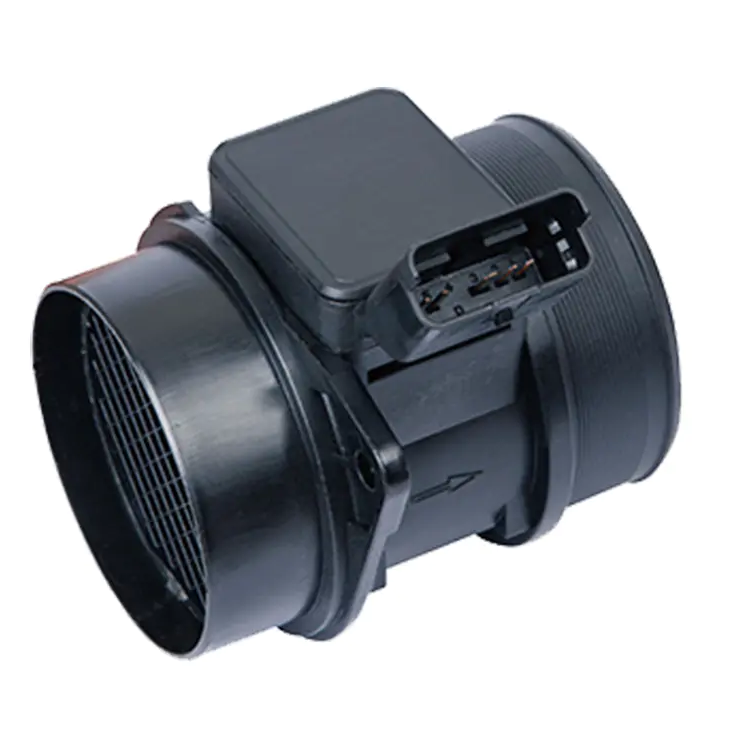Understanding the Function of an Air Flow Meter

An air flow meter is a device used in internal combustion engines to measure the volume of air entering the intake system. Accurate air measurement is important because the engine control unit (ECU) relies on this information to determine the correct fuel injection quantity. A balanced air-fuel ratio ensures efficient combustion, stable idling, and controlled emissions.
The air flow meter typically consists of a housing, a sensing element, and an electronic circuit that converts airflow readings into electrical signals. Depending on design, it may measure air volume directly or calculate it based on changes in resistance, temperature, or frequency. Common types include vane meters, hot-wire sensors, and hot-film sensors.
When functioning properly, the air flow meter allows the engine to respond smoothly to changes in throttle input, providing reliable performance. If the device becomes contaminated with dust or oil, it may give inaccurate readings, leading to poor acceleration or increased fuel use. Regular inspection and proper filtration help maintain its reliability.
Air flow meters are widely used across various vehicles, from compact cars to larger engines, supporting both gasoline and diesel systems. Their role in modern engine management highlights their importance in maintaining consistency and efficiency in automotive applications.
- Art
- Causes
- Crafts
- Dance
- Drinks
- Film
- Fitness
- Food
- Jogos
- Gardening
- Health
- Início
- Literature
- Music
- Networking
- Outro
- Party
- Religion
- Shopping
- Sports
- Theater
- Wellness
